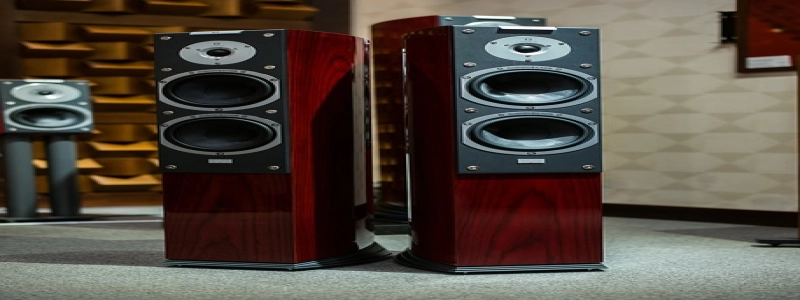Difference Between Single Mode and Multimode Fiber
Introduction:
Fiber optic cables are widely used in telecommunications and data communication systems for transmitting data at high speeds. They are available in two main types: single mode and multimode fibers. While both types serve the same purpose of transmitting data using light, they differ in several important aspects. This article will explore the differences between single mode and multimode fibers.
I. Definition:
1. Single Mode Fiber:
– Single mode fiber, also known as monomode fiber, is a type of optical fiber that allows a single mode of light to propagate.
– It has a smaller core diameter, typically around 8-10 microns, which enables the transmission of a single mode of light with a higher bandwidth and longer distances.
– Single mode fiber is commonly used in long-distance applications, such as transcontinental and submarine communication links.
2. Multimode Fiber:
– Multimode fiber, on the other hand, is a type of optical fiber that allows multiple modes of light to propagate.
– It has a larger core diameter, typically around 50-62.5 microns, which results in a lower bandwidth and shorter transmission distances compared to single mode fiber.
– Multimode fiber is commonly used in local area networks (LANs) and shorter distance communication links, such as within buildings or campuses.
II. Light Propagation:
1. Single Mode Fiber:
– In single mode fiber, only the fundamental mode of light, known as the zeroth-order mode, propagates through the fiber.
– The narrower core diameter of single mode fiber prevents the higher-order modes from propagating, resulting in a more focused and direct light signal.
– As a result, single mode fiber offers low dispersion and low attenuation, which allows for longer transmission distances and higher data rates.
2. Multimode Fiber:
– In multimode fiber, numerous modes of light propagate simultaneously through the fiber.
– The larger core diameter allows for different light paths, causing modal dispersion and limiting the transmission distance and bandwidth.
– Multimode fiber is subject to higher dispersion and attenuation, which restrict its use to shorter distance applications.
III. Applications:
1. Single Mode Fiber:
– Due to its higher bandwidth and longer transmission distances, single mode fiber is primarily used in long-haul applications.
– It is commonly deployed in telecommunications networks, undersea cables, and high-speed internet connections.
– Single mode fiber is also utilized in industries where precision and accuracy are essential, such as medical imaging and research laboratories.
2. Multimode Fiber:
– Multimode fiber is suitable for short-distance applications, such as LANs, data centers, and premises cabling.
– It is commonly used in environments where cost-effectiveness is crucial, as multimode fiber is less expensive than single mode fiber.
– Multimode fiber is also utilized in applications that do not require high data rates or long transmission distances, such as security systems and campus networks.
Conclusion:
In conclusion, single mode and multimode fibers differ in terms of core diameter, light propagation, and applications. Single mode fiber offers higher bandwidth and longer distances, making it ideal for long-haul applications, while multimode fiber provides cost-effective solutions for short-distance communication. Understanding the differences between these two types of fiber optics is essential for selecting the appropriate fiber for specific data communication requirements.







